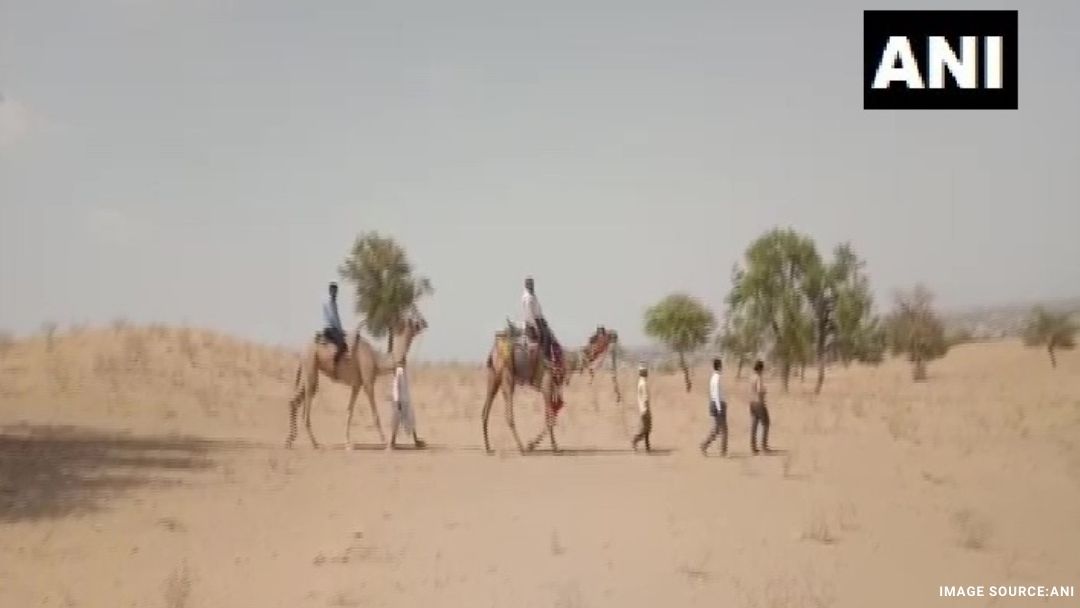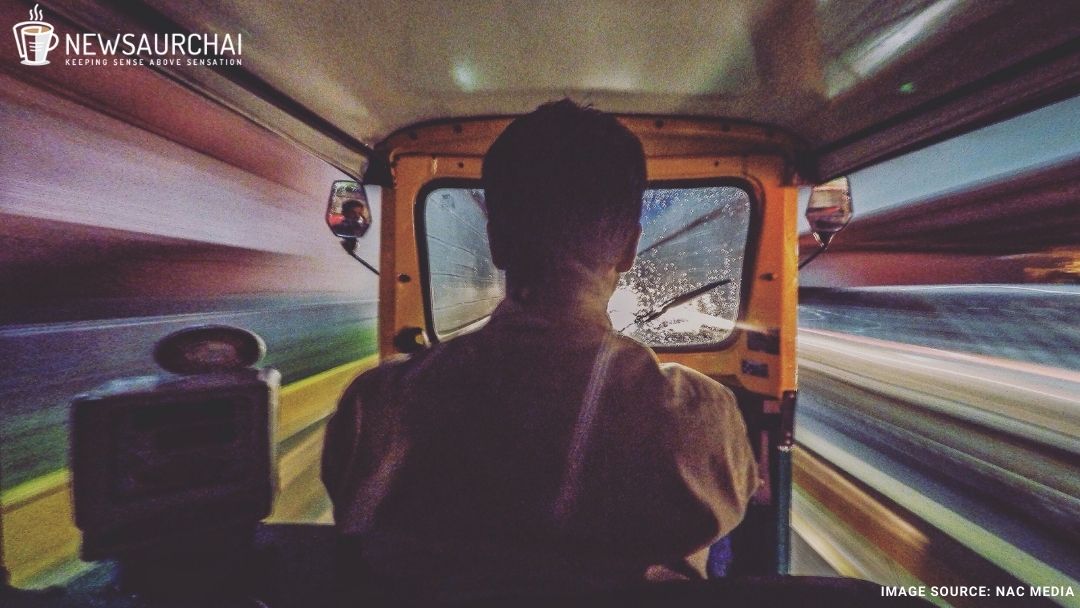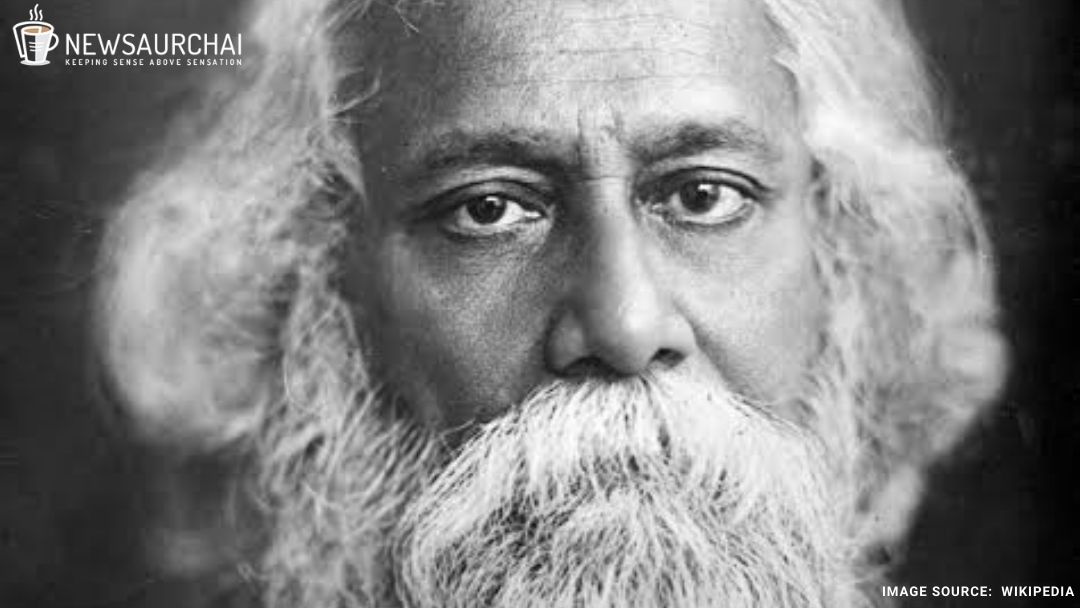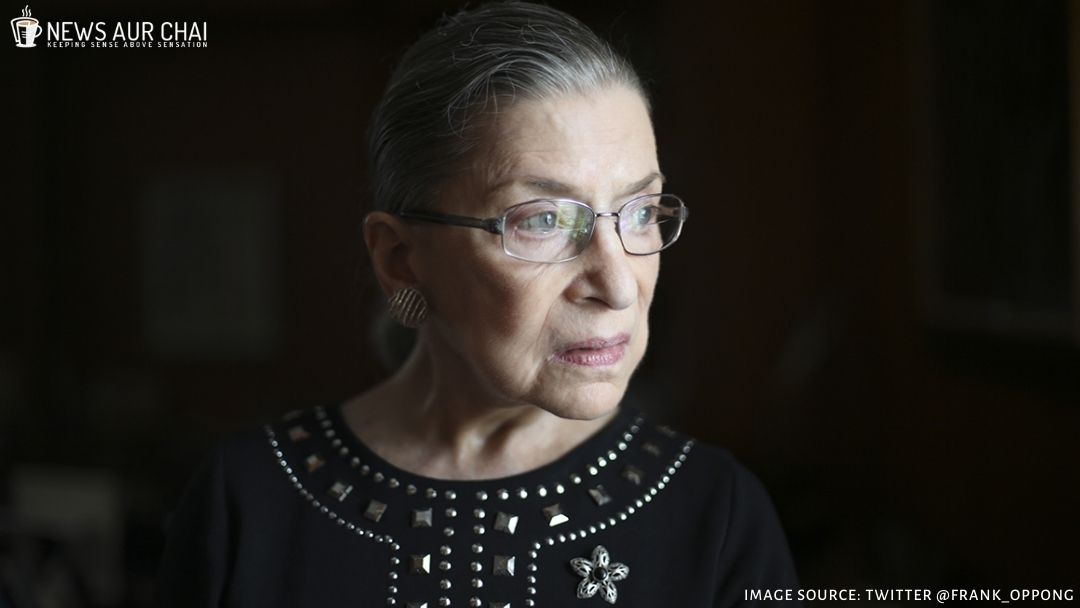Perseverance Is The Miracle Everyone Needs!

A true-life incident of a little girl.
When all other doors shut, there is the door to God. One must never lose hope. Hopes are simply subconscious beliefs built inside the head. Here is how an eight-year-old girl saved her brother from death. You might call this story baseless and immature, but do not judge it before reading it.
She and her family lived in a country house near Denville; the family lived happily until the storm had destructed the happiness and belief, which was the darkest day of their lives. That was the day when hell broke on them. The younger son in the family was diagnosed with a tumor in the head. The parents were worried and thought of shifting from the house and earning some amount of money by selling this one. The girl overheard the conversation; she was young and innocent and heard her parents say “only miracles could help saving their son”.
She never knew what miracle was, hence ran out to the local drugstore six blocks far from her house, before getting out, she had counted the money she saved in her piggy bank, she had 11 dollars and 11 cents. She clutched the piggy bank tightly and sneaked to the store.
There she placed a quarter on the glass counter and the pharmacist questioned, “What do you want?” With a sad and sullen face she answered, “It’s for my brother, he’s really very sick and I want to buy miracle “, she sobbed.
The pharmacist had no clue of what she wanted, with a clueless face he exclaimed, “I beg your pardon”. She sobbed again and spoke out murkily “his name is Andrew and he has something bad growing inside his head and my daddy says only miracles can save him, so how much does miracle cost?”
With a faint and weak smile, the pharmacist replied to the girl “We don’t sell miracles here child, I’m sorry”. The girl swallowed up and asked the pharmacist “Listen I have the money to pay for it, if it isn’t enough, I can try and get some more. Just tell me how much does it cost?”
Subsequently, another strong and masculine voice from behind startled the girl and the shopkeeper. There stood a neatly and well-dressed customer, he stooped down to the little girl and asked her “what kind of a miracle does your brother need?”
She with a fallen face replied, “I don’t know.” She took a deep breath and spoke again, she now told the man “He’s really sick and mommy says he needs an operation. But my daddy can’t pay for it, so I got my piggy bank.”
The man asked her very softly “how much do you have?” she answered with a lit up face “One dollar and I can get some more.”
He gauged her expression and exclaimed, “what a coincidence, a dollar is the exact amount of a miracle your brother needs.”
He collected the one-dollar bill in one of his hands and clasped her hand in the other. He asked her to take him to her house. Both of them walked to her house, when they rang the calling bell, her mother was surprised not knowing how she sneaked out. He told her that he wanted to see her son and he was a doctor.
He examined the boy, operated his tumor, and cured him of the illness. Both of the parents were awestruck when they found out that this operation happened for a dollar. Later that day they asked the doctor and the doctor told him that their daughter was searching for a miracle and he was the miracle.
This extraordinary legend was a neurosurgeon “Dr. Carlton Armstrong.” He was the miracle and the perseverance of the girl to save her brother. To conclude a miracle cannot happen with despair but can happen with perseverance.





